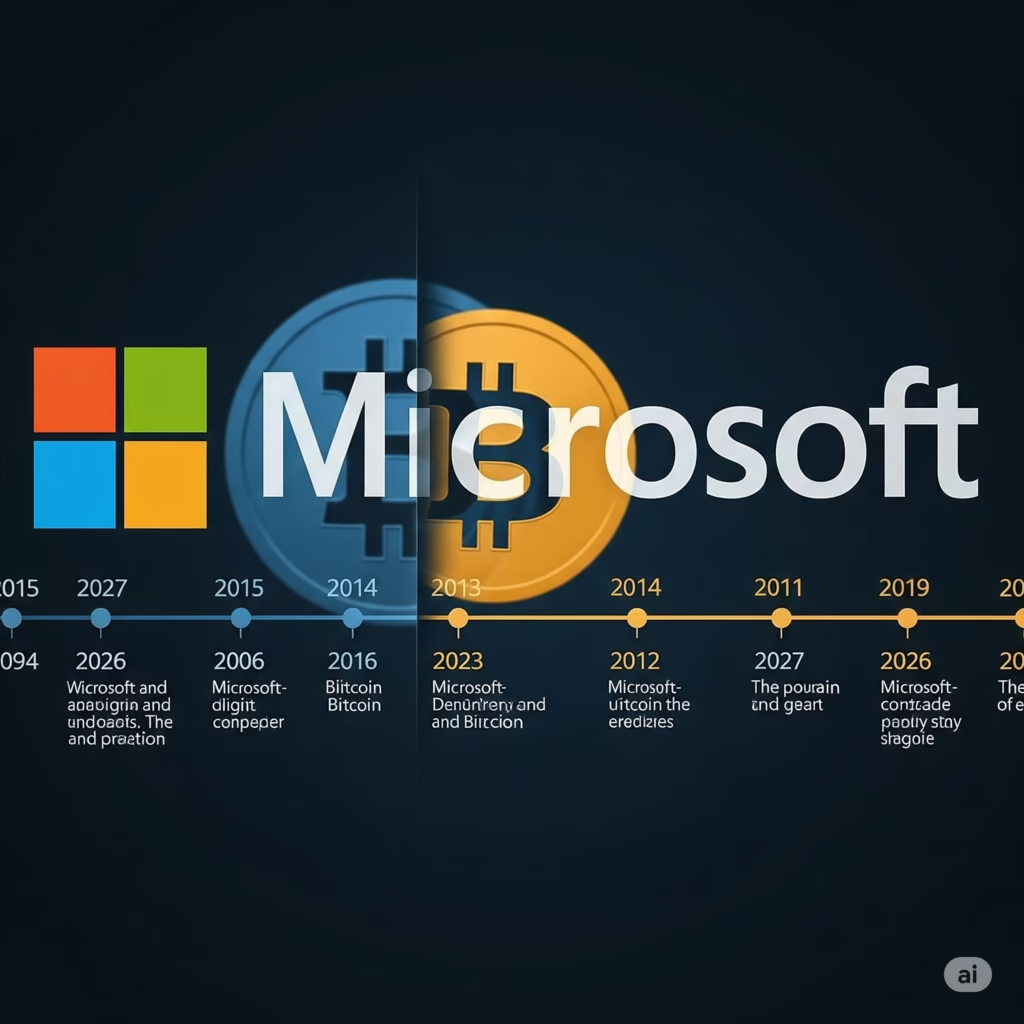“Discover the latest USDT regulation update, its impact on the crypto market, and how Tether is adapting to global regulatory challenges. Learn more about MiCA, liquidity, and the future of stablecoins.”
- What Is USDT and Why Is It Crucial in Crypto?
- Regulatory Spotlight: The Impact of MiCA on USDT in Europe
- Key Implications of MiCA for USDT
- Industry Reaction
- What Happens if USDT Is Delisted in Europe?
- Future Outlook: What’s Next for USDT?
- What is MiCA, and how does it affect stablecoins like USDT?
- Why might USDT be delisted from European exchanges?
- How is Tether ensuring compliance with new regulations?
- What alternatives exist if USDT is no longer available in Europe?
- What does Tether’s $4 billion reserve increase mean for its stability?
- How will MiCA impact liquidity and trading volumes?
- What does MiCA mean for the future of stablecoins?
- How does this impact cross-border transactions?
- What role does Tether’s innovation play in its survival?
- How can investors protect themselves amid regulatory changes?
- How Should Investors Respond to These Updates?
The cryptocurrency market has always been dynamic, but recent developments surrounding USDT regulation updates have raised pressing questions for traders, investors, and industry stakeholders. With regulatory frameworks tightening worldwide, particularly in Europe, stablecoins like Tether (USDT) are under the spotlight. This article explores the latest updates, their implications, and Tether’s strategies to adapt to these changes while maintaining its critical role in the cryptocurrency ecosystem.
What Is USDT and Why Is It Crucial in Crypto?
USDT (Tether) is a stablecoin pegged to the US dollar, providing stability in the otherwise volatile cryptocurrency market. Its importance cannot be overstated, as it acts as:
- A Medium of Exchange: Enabling fast and seamless transactions across exchanges.
- A Safe Haven: Offering security during market downturns.
- Liquidity Provider: Supporting efficient trading pairs for countless cryptocurrencies.
However, the growing scrutiny of stablecoins has brought USDT regulation updates to the forefront, especially as governments seek to balance innovation and financial oversight.
Regulatory Spotlight: The Impact of MiCA on USDT in Europe
The European Union’s Markets in Crypto-Assets (MiCA) regulation, set to take full effect by December 30, 2024, marks a watershed moment in crypto legislation. While designed to protect users and ensure transparency, MiCA introduces stringent requirements for stablecoin issuers.
Key Implications of MiCA for USDT
- Potential Delisting from European Exchanges:
To comply with MiCA, exchanges may have to delist USDT, disrupting liquidity and trading volumes. This is a major concern for traders relying on stablecoins for intra-market stability. - Reserve Transparency Requirements:
Tether, like other stablecoin issuers, must provide regular audits and clear documentation of reserves to continue operating within regulated jurisdictions. - User Protection Measures:
MiCA mandates higher accountability for issuers to safeguard user funds, which could increase operational costs for Tether.
Industry Reaction
European exchanges fear that removing USDT could significantly impact trading volumes and user experience. As USDT regulation updates unfold, many wonder whether Tether will adjust its operations or withdraw from certain regions.
Tether’s Strategy to Tackle Regulatory Challenges
Despite growing scrutiny, Tether remains resilient, with a market valuation surpassing $91 billion. Here’s how the company is positioning itself to weather the storm:
- Strengthening Reserves
Tether has fortified its reserves by adding $4 billion in excess reserves in 2023. This move enhances confidence in the coin’s stability and aligns with regulatory demands for greater transparency.
- Expanding Product Offerings
Tether’s CEO Paolo Ardoino has announced plans to launch new products and consolidate existing ones in 2024. These initiatives aim to diversify revenue streams and reinforce Tether’s market leadership.
- Engaging with Regulators
Tether has ramped up its dialogue with regulators, showcasing its commitment to compliance. By proactively aligning with global standards, Tether hopes to maintain its position in key markets like Europe.
What Happens if USDT Is Delisted in Europe?
If USDT is delisted from European exchanges, it could create ripple effects across the crypto ecosystem.
- Reduced Liquidity
As the most widely traded stablecoin, USDT plays a pivotal role in maintaining market liquidity. Its absence could lead to higher spreads and increased trading costs.
- Shift Toward Alternative Stablecoins
Competitors like USDC or DAI may fill the gap, but they, too, will face similar regulatory challenges under MiCA.
- Impact on Cross-Border Transactions
European traders may struggle to access USDT-backed trading pairs, complicating cross-border crypto transactions.
Future Outlook: What’s Next for USDT?
The USDT regulation update is not an isolated event. It is part of a broader movement to regulate the crypto industry. Here’s what to watch:
- Tether’s Adaptation to MiCA
Will Tether comply with MiCA’s stringent requirements, or will it choose to withdraw from the European market?
- Global Regulatory Trends
Other regions, including the United States, are also exploring stablecoin regulations. Tether’s response in Europe could set a precedent for its strategy worldwide.
- Innovations in Stablecoin Technology
Tether’s plans for 2024, including new products and services, could redefine its role in the evolving crypto landscape.
What is MiCA, and how does it affect stablecoins like USDT?
MiCA (Markets in Crypto-Assets Regulation) is a comprehensive legislative framework introduced by the European Union to regulate the cryptocurrency market. It aims to enhance consumer protection, ensure financial stability, and foster innovation while addressing the risks associated with digital assets.
Effects on Stablecoins like USDT:
Transparency Requirements: Issuers must provide detailed audits and demonstrate that stablecoins are fully backed by reserves.
Usage Limits: MiCA restricts the use of stablecoins for payment purposes and introduces caps on daily transaction volumes for non-EU stablecoins.
Compliance Obligations: Tether, as a major stablecoin issuer, must comply with these rules or risk being delisted from EU-based exchanges.
Why might USDT be delisted from European exchanges?
The potential delisting of USDT stems from MiCA’s stringent regulatory requirements, including:
Reserve Verification: Tether must provide comprehensive and regular proof of reserves. Non-compliance may lead to delisting.
Transaction Caps: MiCA’s restrictions on stablecoin transactions could make USDT less attractive for European exchanges.
Licensing Requirements: Exchanges operating in the EU must ensure that stablecoin issuers meet MiCA’s licensing criteria, which could pose challenges for Tether.
Delisting could severely impact liquidity, as USDT is a cornerstone of global crypto trading.
How is Tether ensuring compliance with new regulations?
Tether has taken several steps to align with evolving regulations:
Strengthening Reserves: Tether added $4 billion in excess reserves in 2023 to bolster confidence in its stability and meet regulatory demands.
Proactive Engagement: Tether is engaging with regulators worldwide to demonstrate its commitment to compliance.
Auditing and Transparency: The company is investing in regular audits and clear documentation to align with global standards, including those outlined by MiCA.
Tether’s forward-looking approach includes adapting its operations to stay relevant in regulated markets like Europe.
What alternatives exist if USDT is no longer available in Europe?
If USDT faces restrictions or delisting in Europe, users and traders can consider the following alternatives:
Other Stablecoins:
- USDC (USD Coin): Issued by Circle, USDC is known for its high transparency and compliance with regulations.
- DAI: A decentralized stablecoin backed by various cryptocurrencies, offering greater independence from regulatory pressures.
- BUSD (Binance USD): Backed by Binance, it is another widely used stablecoin with a reputation for reliability.
Fiat-to-Crypto Transactions:
Without USDT, traders may need to rely more on direct fiat-to-crypto transactions, although these can be slower and costlier.
DEX Liquidity Pools:
Decentralized exchanges (DEXs) offer liquidity pools that can serve as an alternative to traditional stablecoin-backed pairs.
What does Tether’s $4 billion reserve increase mean for its stability?
The addition of $4 billion in excess reserves is a significant move by Tether to reinforce its stability and address concerns about its financial backing.
Implications for Stability:
Increased Trust: The reserves demonstrate that USDT is not only fully backed but has a substantial cushion to absorb market shocks.
Regulatory Alignment: The reserve increase aligns with MiCA and other global regulations requiring transparency and accountability.
Market Confidence: Tether’s proactive step reassures users and investors, solidifying its position as the leading stablecoin.
This move is a clear signal of Tether’s commitment to long-term viability and compliance.
How will MiCA impact liquidity and trading volumes?
MiCA’s regulations could significantly impact the liquidity and trading volumes of stablecoins like USDT:
Liquidity:
Short-Term Disruption: If USDT is delisted, it could create temporary liquidity gaps, especially in Europe.
Shift to Alternatives: Traders may gravitate toward USDC or other compliant stablecoins to fill the void.
Trading Volumes:
Reduced Volumes in Europe: Without USDT, trading volumes on European exchanges could drop, as it is the most traded stablecoin globally.
Global Ripple Effect: European regulations may set a precedent, influencing liquidity and trading volumes in other regions.
What does MiCA mean for the future of stablecoins?
MiCA represents a pivotal moment in the evolution of stablecoins, setting a benchmark for global regulation.
Opportunities:
Standardization: MiCA could establish a clear framework, encouraging innovation and adoption of stablecoins.
Increased Trust: With better oversight, consumers may feel more secure using stablecoins for payments and investments.
Challenges:
Operational Costs: Complying with regulations will increase costs for issuers, potentially leading to consolidation in the market.
Limited Use Cases: Restrictions on stablecoin transactions may hinder their utility in everyday payments.
MiCA’s success could inspire similar frameworks in the United States and Asia, shaping the global stablecoin market.
How does this impact cross-border transactions?
USDT has been a crucial tool for cross-border transactions due to its stability and speed. MiCA regulations could disrupt this functionality:
Increased Costs: If USDT is delisted in Europe, traders may face higher fees when converting between fiat and crypto.
Slower Transactions: The absence of USDT could complicate cross-border trades, as alternative methods might not be as efficient.
Regulatory Fragmentation: Different rules in various jurisdictions could create inefficiencies, limiting the seamless flow of crypto assets.
What role does Tether’s innovation play in its survival?
Innovation is central to Tether’s ability to adapt to regulatory changes. CEO Paolo Ardoino has outlined ambitious plans for 2024, including:
New Product Launches: Tether is exploring new offerings to diversify its portfolio and reduce reliance on USDT alone.
Decentralized Solutions: The company may invest in decentralized technologies to bypass some regulatory hurdles.
Sustainability Initiatives: Tether is committed to using its resources to support environmental and social causes, enhancing its reputation.
Tether’s innovative approach could help it stay ahead of competitors and maintain its market dominance.
How can investors protect themselves amid regulatory changes?
Investors can take several steps to safeguard their portfolios as USDT regulation updates unfold:
- Stay Informed
Keep track of MiCA regulations, Tether’s announcements, and updates from exchanges.
- Diversify Investments
Avoid over-reliance on a single stablecoin. Diversify holdings across multiple stablecoins and other asset classes.
- Use Regulated Exchanges
Prefer exchanges that comply with local regulations to minimize the risk of sudden delistings.
- Monitor Market Trends
Pay attention to shifts in liquidity and trading volumes to make timely adjustments to your strategy.
For investors, staying informed and prepared is the key to navigating this evolving landscape successfully. As regulations reshape the market, USDT’s role as a cornerstone of crypto trading will continue to be closely watched.
How Should Investors Respond to These Updates?
- Stay Informed
Regularly monitor USDT regulation updates and industry news to make well-informed decisions.
- Diversify Stablecoin Holdings
Consider diversifying into other stablecoins like USDC or BUSD to mitigate potential risks.
- Engage with Exchanges
Stay updated on exchange policies regarding USDT to understand how your trading experience might change.
USDT Regulation Update – A Turning Point for Stablecoins
The ongoing USDT regulation updates highlight the delicate balance between innovation and oversight in the cryptocurrency market. While challenges lie ahead, Tether’s proactive measures and adaptability underscore its resilience. For traders, investors, and stakeholders, staying informed and prepared will be crucial as the regulatory landscape continues to evolve.



